Schlepping a heavy amp from home to practice to gig to home is not likely on any guitarist’s list of favorite things to do. So what to do? Technology today has allowed manufacturers to create amps that are light as a feather and small enough to actually fit on a pedalboard, like the 10 options highlighted here. Whether you’re just tired of schlepping, a fly gig warrior, or want a backup in case your big rig goes down, one of these little amps might belong on your ’board.
Stomp-Head 5
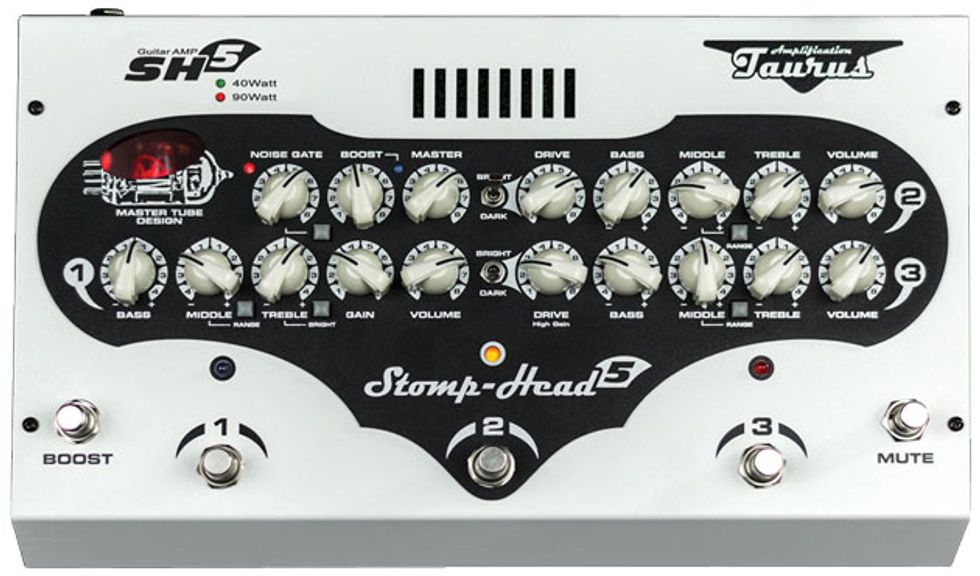
Designed with both fly rigs and everyday use in mind, this 40-/90-watt, 3-channel amp boasts a tube preamp, a Master Tube Design power section, noise gate, boost, and mode switch. The amp’s mix mode allows all three channels to run simultaneously.
Tone Block 200
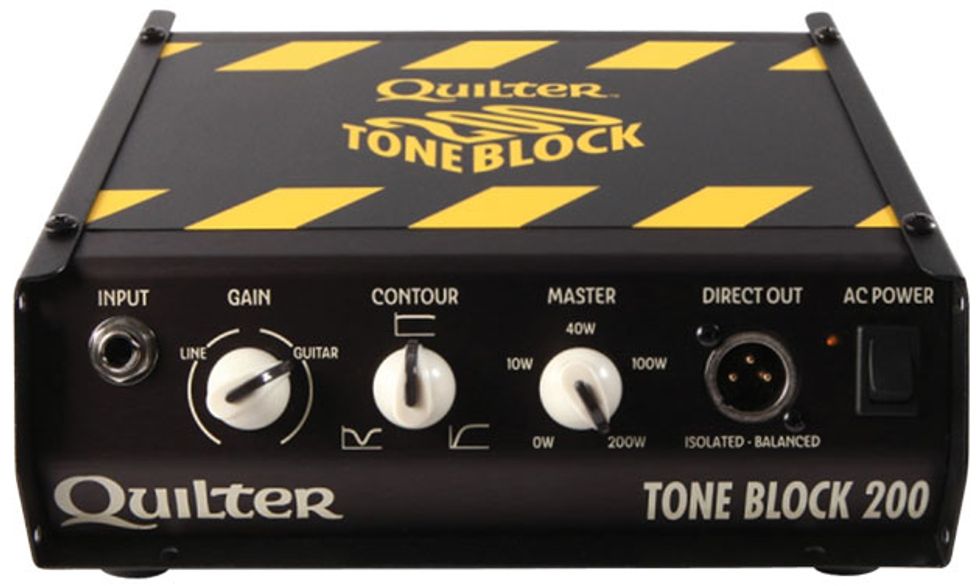
This compact-yet-powerful solid-state amp delivers tube-like tone up to 200 watts and features gain, master, and contour controls, a proprietary direct out, and a universal power supply.
44 Magnum Power Amp
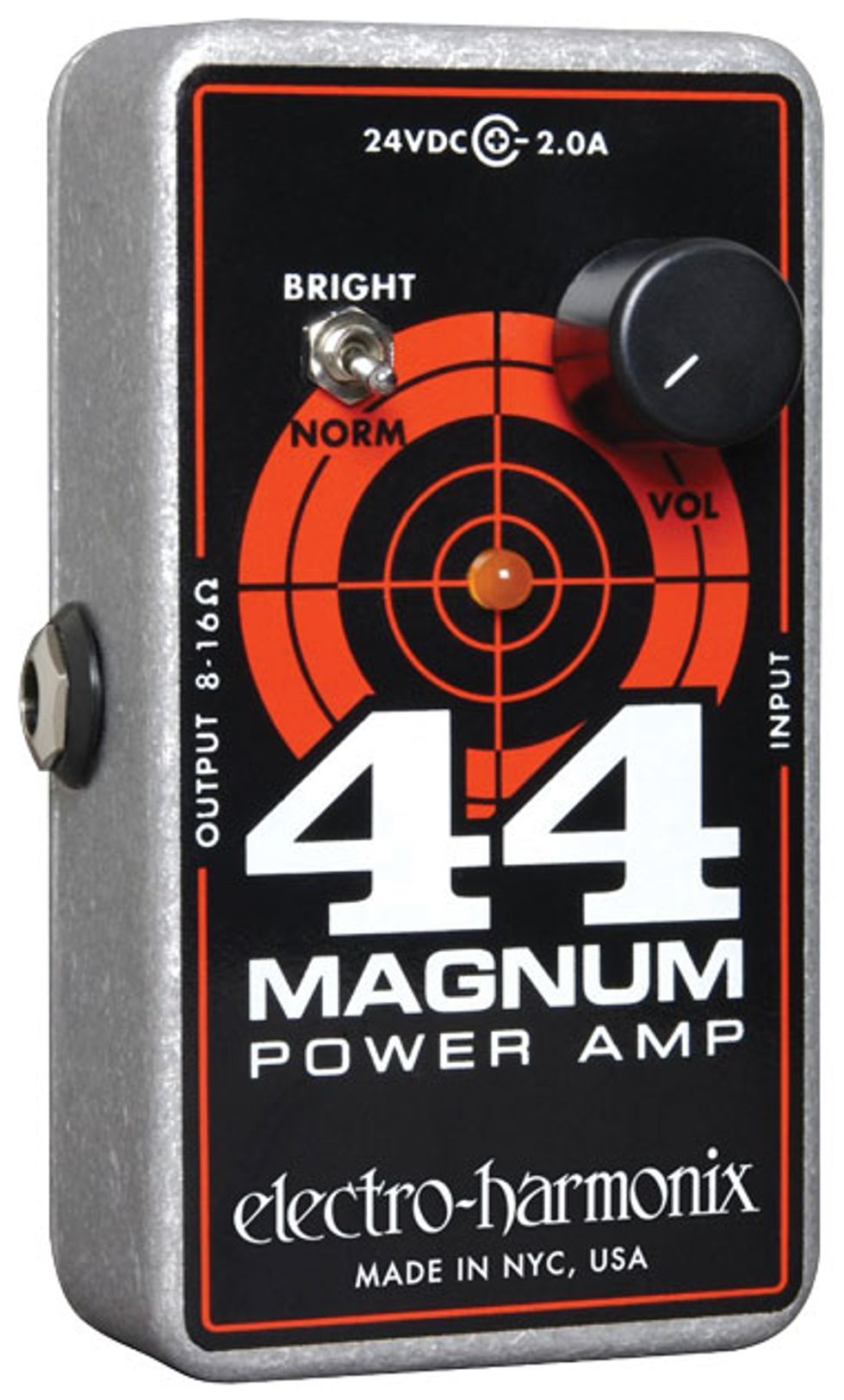
Able to fit in the palm of your hand, this box delivers 44 watts into 8 or 16 ohms, has a tone switch for toggling between neutral and a top-end boost, and can be driven to a natural, true-amplifier saturation.
Little Smasher
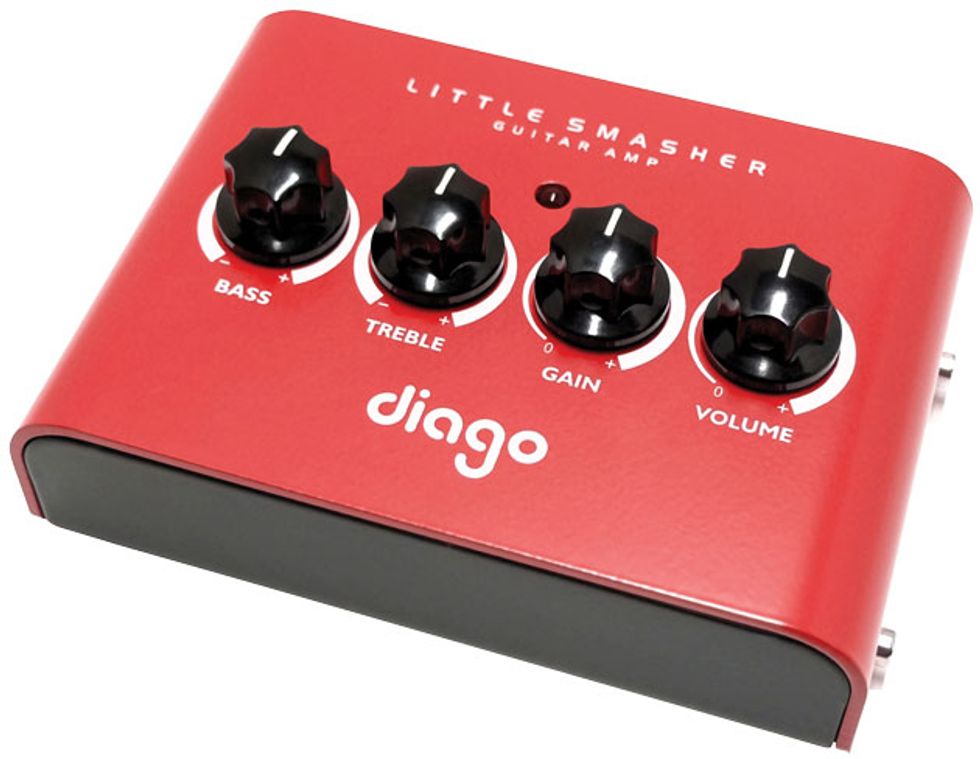
This 5-watt, full-fledged amp head has four, analog-modeled cascading gain stages with a range from chime-y clean to rock crunch. With its 4- to 16-ohm output impedance, this pedal-sized enclosure can drive up to a 4x12.
AMP1
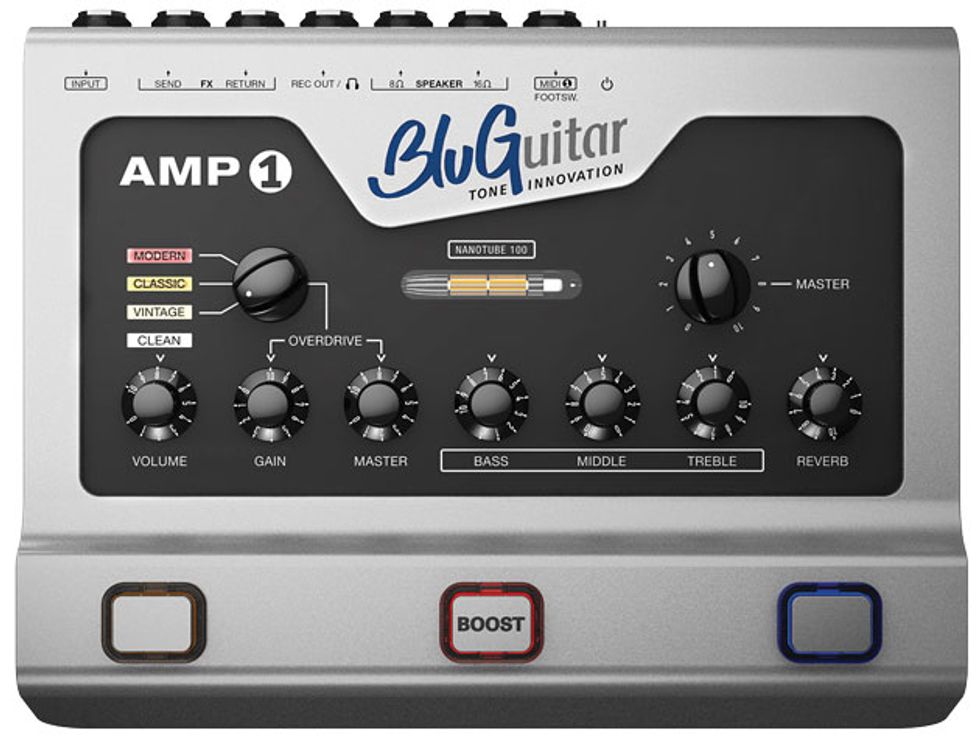
This 100-watt amp features four channels (clean, vintage, classic, and modern), switchable and adjustable boost and reverb controls, three integrated footswitches, and a speaker simulation output for recording/headphones.
TGA-1-180D Mighty Minnie
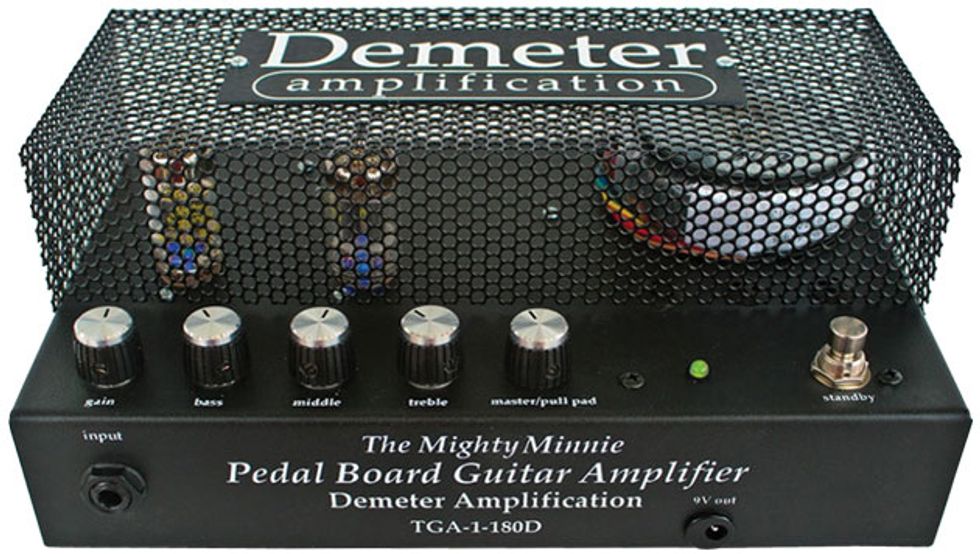
Originally designed for Sonny Landreth, who needed a sized-for-pedalboard amp, the handbuilt TGA-1 can deliver 180 watts into 4 ohms and houses a full range of controls for gain, bass, midrange, treble, and master.
Mojo Diamond

This 5-watt, class-A/B amp was inspired by the sound of the Fender Tweed and manages to fit a 3-band EQ onboard its svelte enclosure. Other features include an effects loop, headphone out, and auxiliary in.
RG13
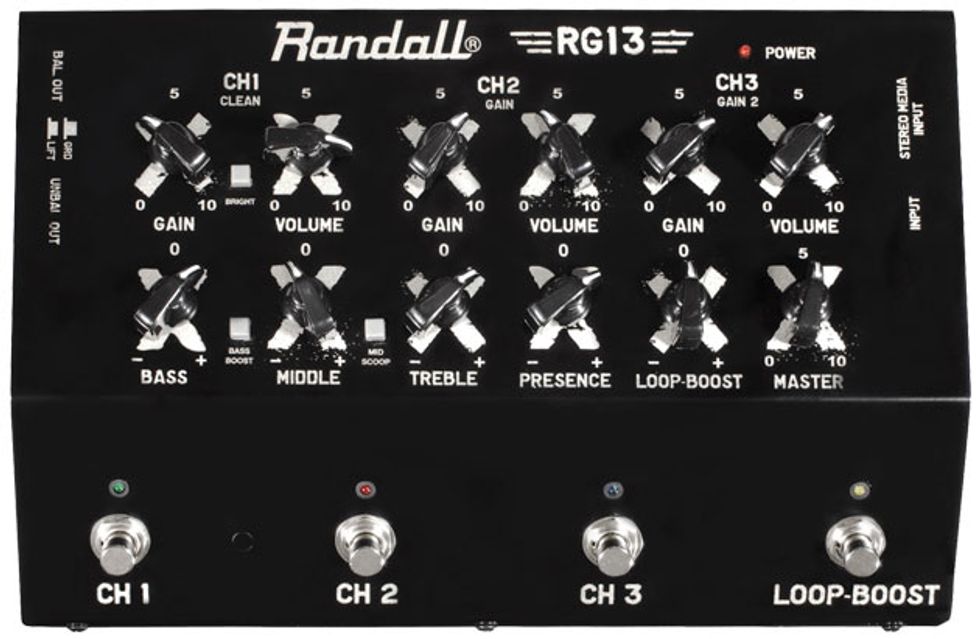
Features on this 3-channel, 1-watt floor amplifier include a switchable effects loop, volume-boost function, auxiliary in, headphone out, and a speaker-emulated XLR direct output with ground lift.
QuarterHorse Microamp
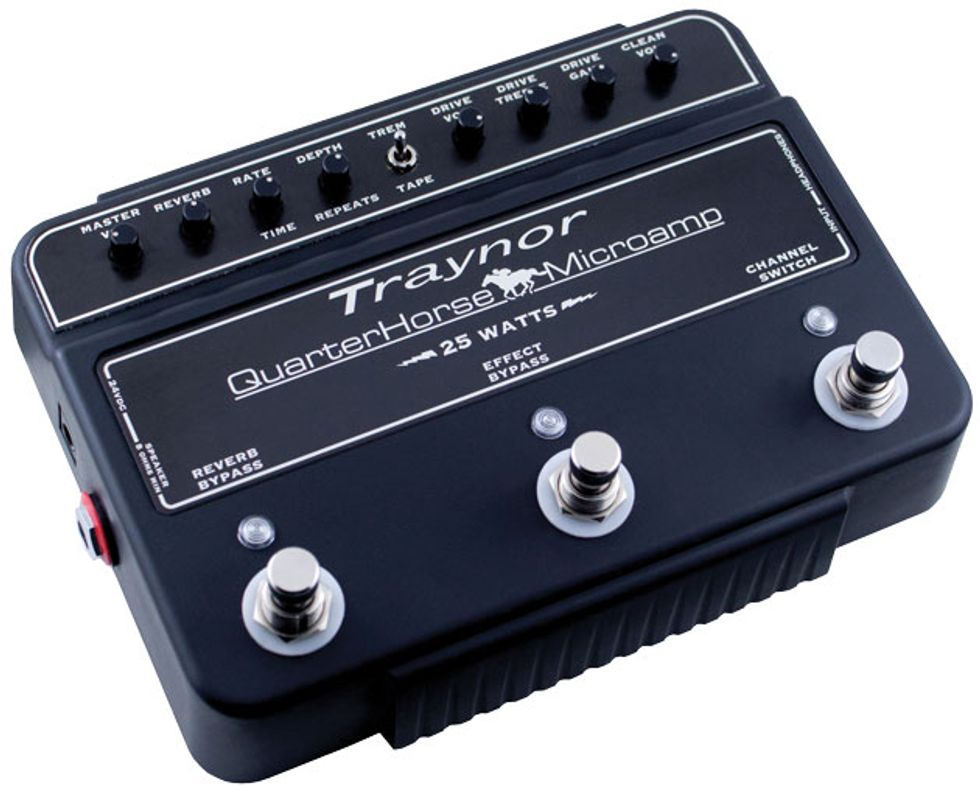
This 25-watt amp features a 2-channel design for delivering both clean and lead tones, and tape-delay and tremolo effects with full control. A micro-toggle selects the desired effects while the three integrated footswitches allow quick, one-touch channel selection.
Ethos Overdrive Amp
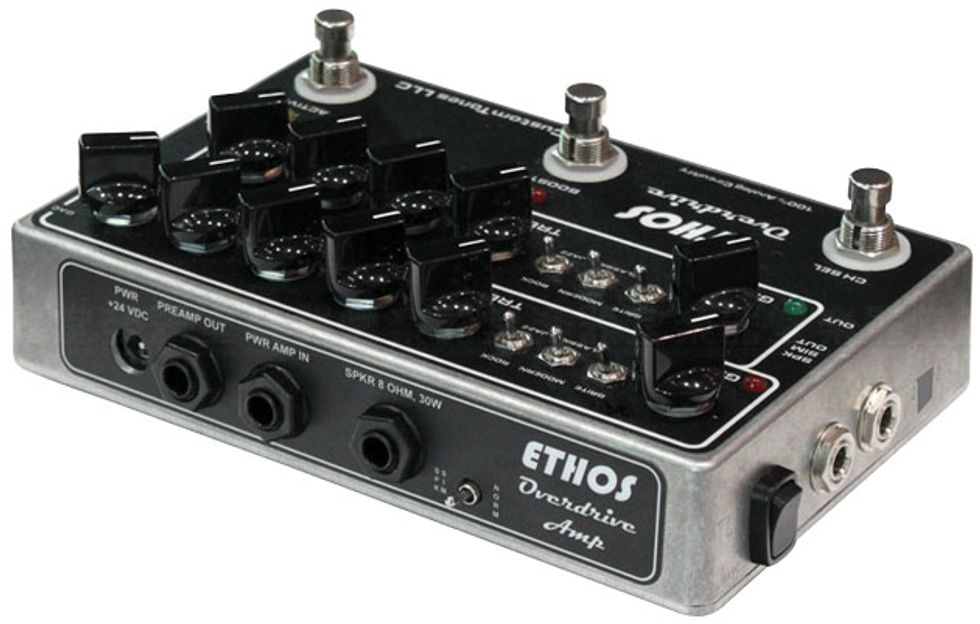
This compact, 30-watt (at 8 ohms) amp offers two independent channels with EQ and high-cut, tone-stack toggles for brite, modern/classic, and jazz/rock. Upgrades are available including a 3-band, post-overdrive EQ and/or an active effects-loop mod.
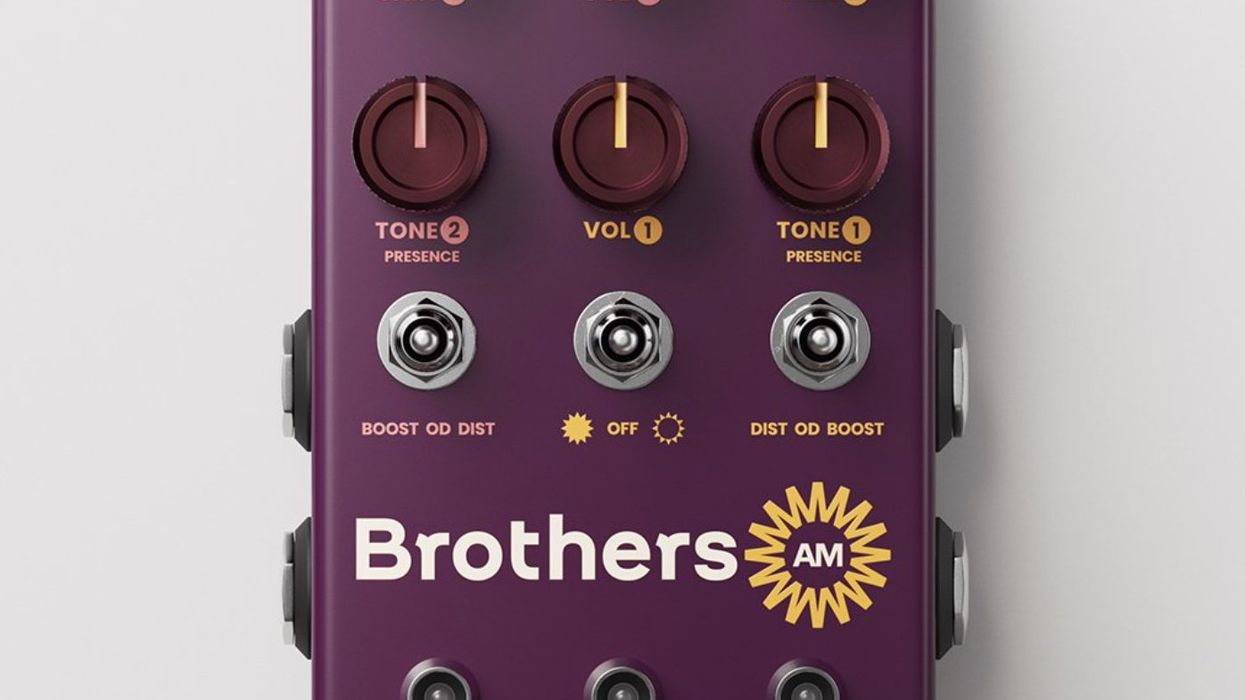
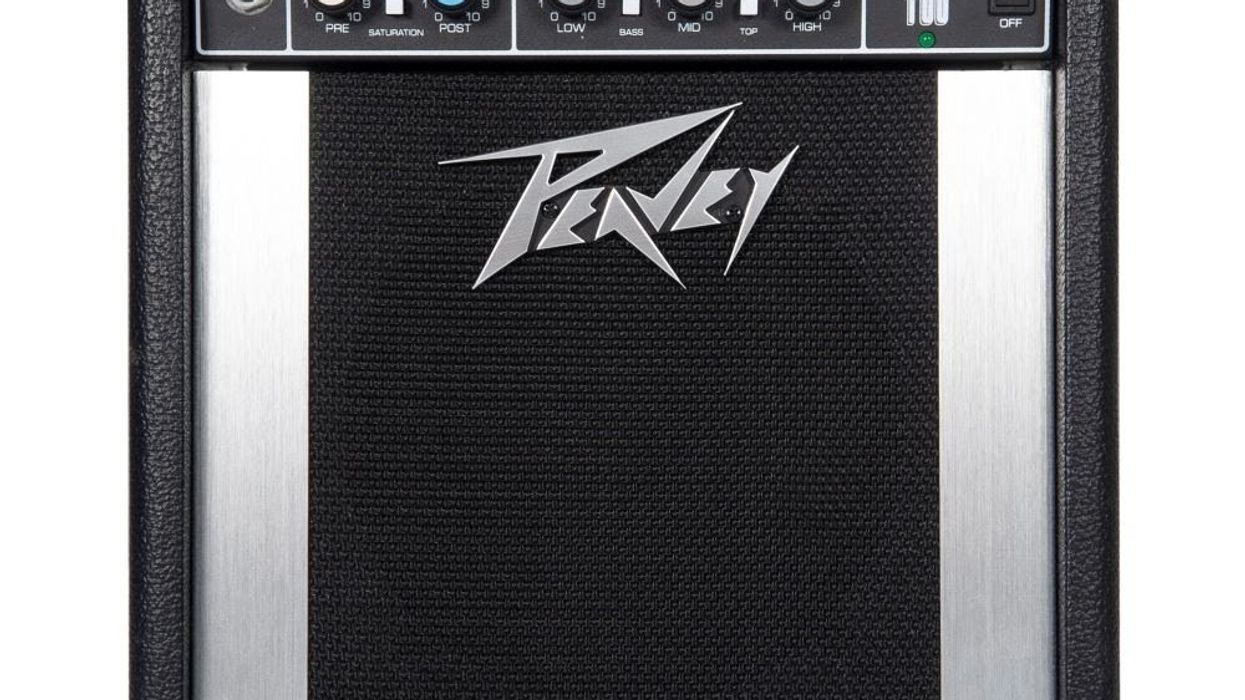
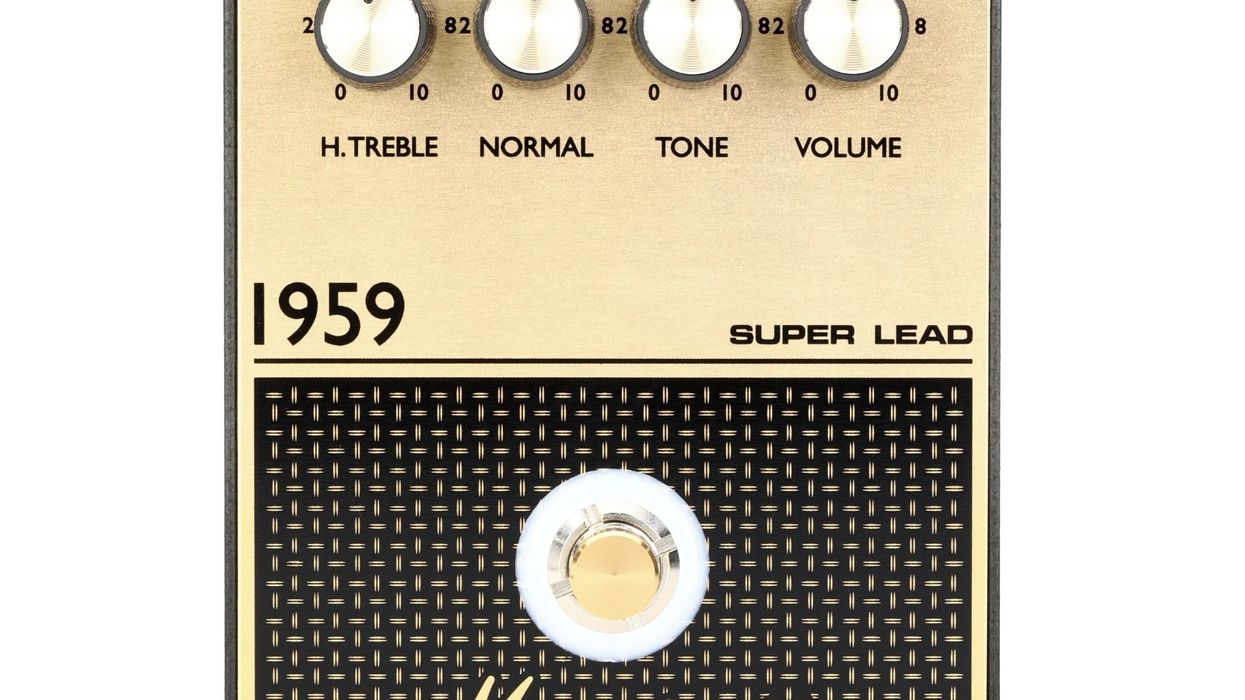


![Devon Eisenbarger [Katy Perry] Rig Rundown](https://www.premierguitar.com/media-library/youtube.jpg?id=61774583&width=1245&height=700&quality=70&coordinates=0%2C0%2C0%2C0)








